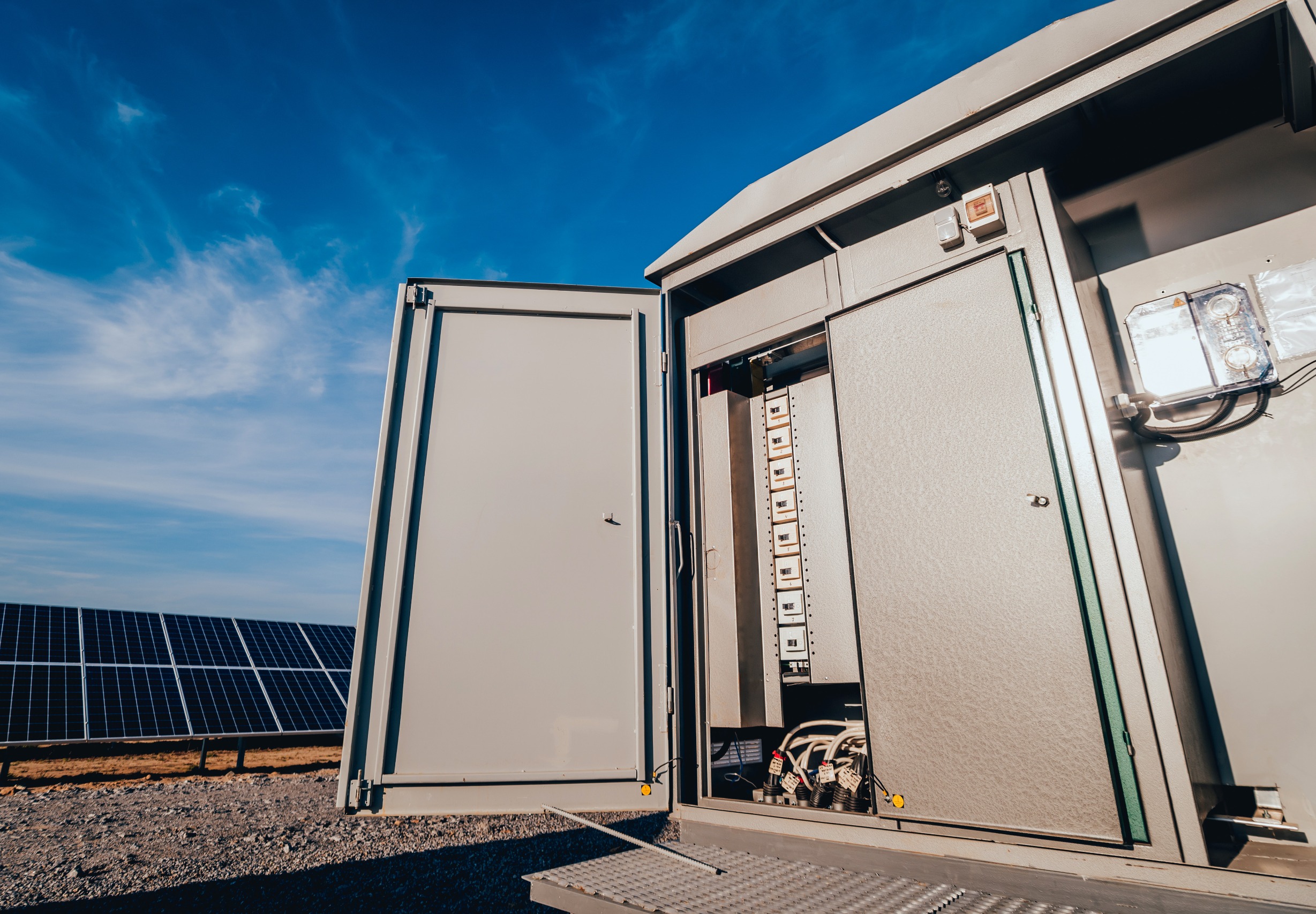According to data from the Energy Information Administration (EIA), more than 20 gigawatts (GW) of battery capacity have been added to the US electric grid in the last four years. This rapid expansion is equivalent to the production of 20 nuclear reactors and is crucial for averting power disruptions, especially in states that rely significantly on intermittent renewable energy sources such as wind and solar.



That’s a solid critique. We can math it out more.
So each 1.2GW reactor works out to be 17bil. Time to build still looks like 14 years, as both were started on the same time frame, and only one is fully online now, but we will give it a pass. You could argue it took 18 years, as that’s when the first proposals for the plants were formally submitted, but I only took into account financing/build time, so let’s sick with 14.
For 17bil in nuclear, you get 1.2GW production and 1.2GW “storage” for 24hrs.
So for 17bil in solar/battery, you get 4.8GW production, and 2.85gw storage for 4hrs. Having that huge storage in batteries is more flexible than nuclear, so you can provide that 2.85gw for 4 hr, or 1.425 for 8hrs, or 712MW for 16hrs. If we are kind to solar and say the sun is down for 12hrs out of every 24, that means the storage lines up with nuclear.
The solar also goes up much, much faster. I don’t think a 7.5x larger solar array will take 7.5x longer to build, as it’s mostly parallel action. I would expect maybe 6 years instead of 2.
So, worst case, instead of nuclear, for the same cost you can build solar+ battery farms that produces 4x the power, have the same steady baseline power as nuclear, that will take 1/2 as long to build.